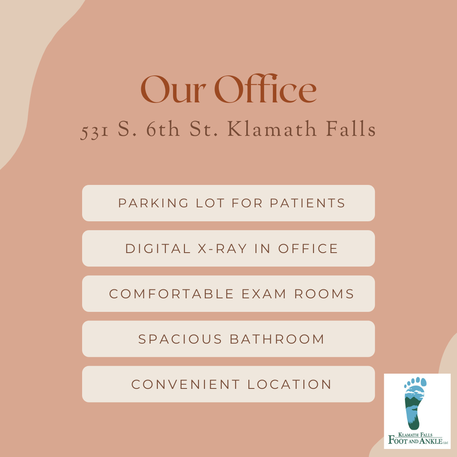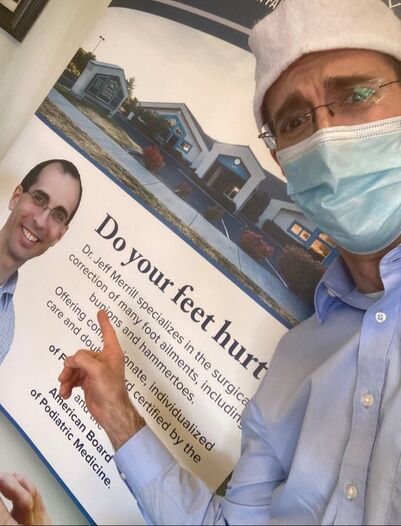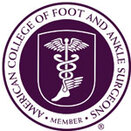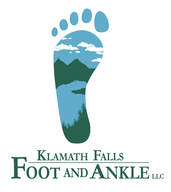|
Do you have leftover or expired medication in your medicine cabinet? These excess medications can dangerously pose human health and environmental risks. In your home, they may lead to accidental poisonings or abuse. Disposing of them at home by throwing them in the trash, flushing them down the toilet, or dumping them down the drain can release chemical compounds that end up in our rivers or groundwater, posing a risk to human health, wildlife, or fish.
Today was National Prescription Drug Take-Back Day, but did you know that you can safely dispose of unwanted medications year-round in Oregon? Conveniently, this program has many participating locations across our state, including several here in Klamath Falls. At the following website, you can learn more about what is and isn’t accepted, as well as the nearest take-back location to you: https://medtakebackoregon.org/. Klamath Falls Foot and Ankle, LLC is conveniently located at 531 S. 6th St. in Klamath Falls with a large, dedicated parking lot featuring easy access to the building. We have two comfortable exam rooms which each contain one extra chair for your companion or caregiver should you bring one with you to your appointment. Additionally, we have a digital x-ray machine at our office so if you are in need of an x-ray, it can be taken at our office, evaluated by Dr. Merrill, and discussed with you during your appointment. Finally, we have a spacious bathroom for your convenience if needed.
You may have seen this display in the lobby of the Klamath Surgery Center/Klamath Eye Center/Heartfelt OB/GYN building. After seeing it, some of our patients ask if Dr. Merrill has started working at a new office. While Dr. Merrill’s office is at 531 S. 6th St, he has surgery privileges at the Klamath Surgery Center, which means that if you are in need of outpatient surgery by Dr. Merrill, he can perform that surgery at the state-of-the-art Klamath Surgery Center facility. Minor procedures such as ingrown toenails can be done in our office, while surgeries such as bunions and hammertoes can be accomplished at the Klamath Surgery Center.
Dr. Merrill also has surgery privileges at Sky Lakes Medical Center for patients who need to be admitted to the hospital for surgery or are already inpatient at the hospital and need surgery while there. Hopefully this clears things up a bit. If not, let us know what questions you have by giving us a call at 541-850-6463. We’re glad to help! |
AuthorKlamath Falls Foot and Ankle, LLC Staff Categories
All
Archives
October 2022
|
|
Klamath Falls Foot and Ankle, LLC
Jeff Merrill, DPM, FACFAS 531 S. 6th St. Klamath Falls, OR 97601 Appointments: 541-850-6463 Billing: 888-719-3491 Fax: 541-850-5990 Request Appointment Online |



 RSS Feed
RSS Feed



